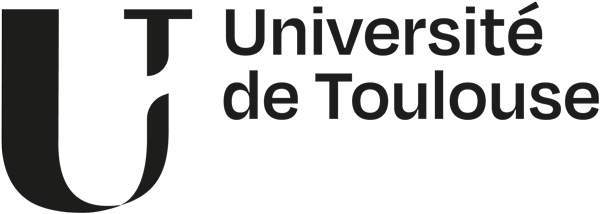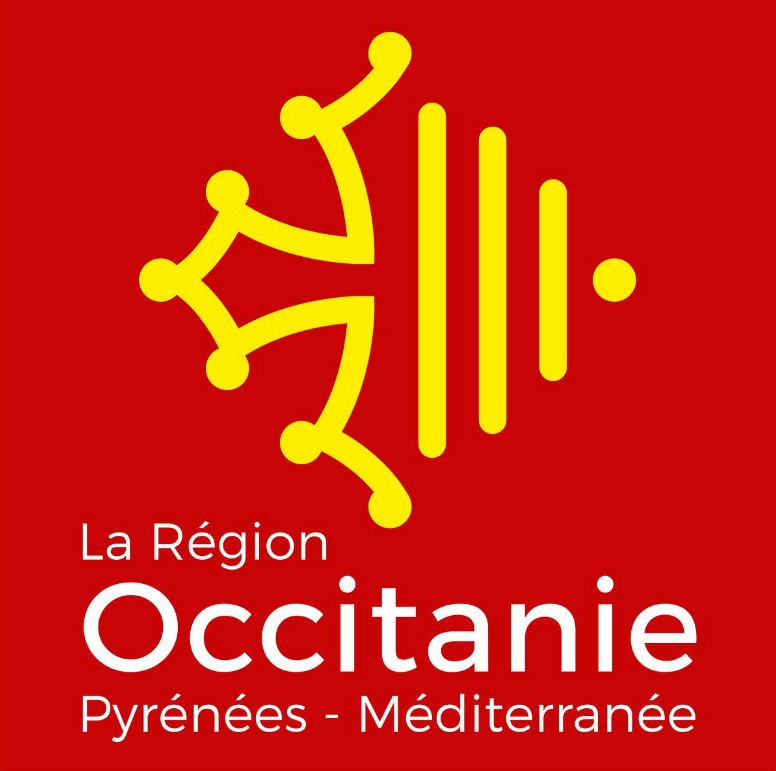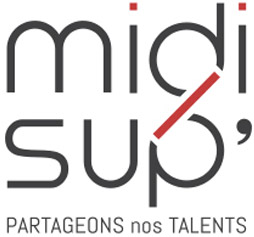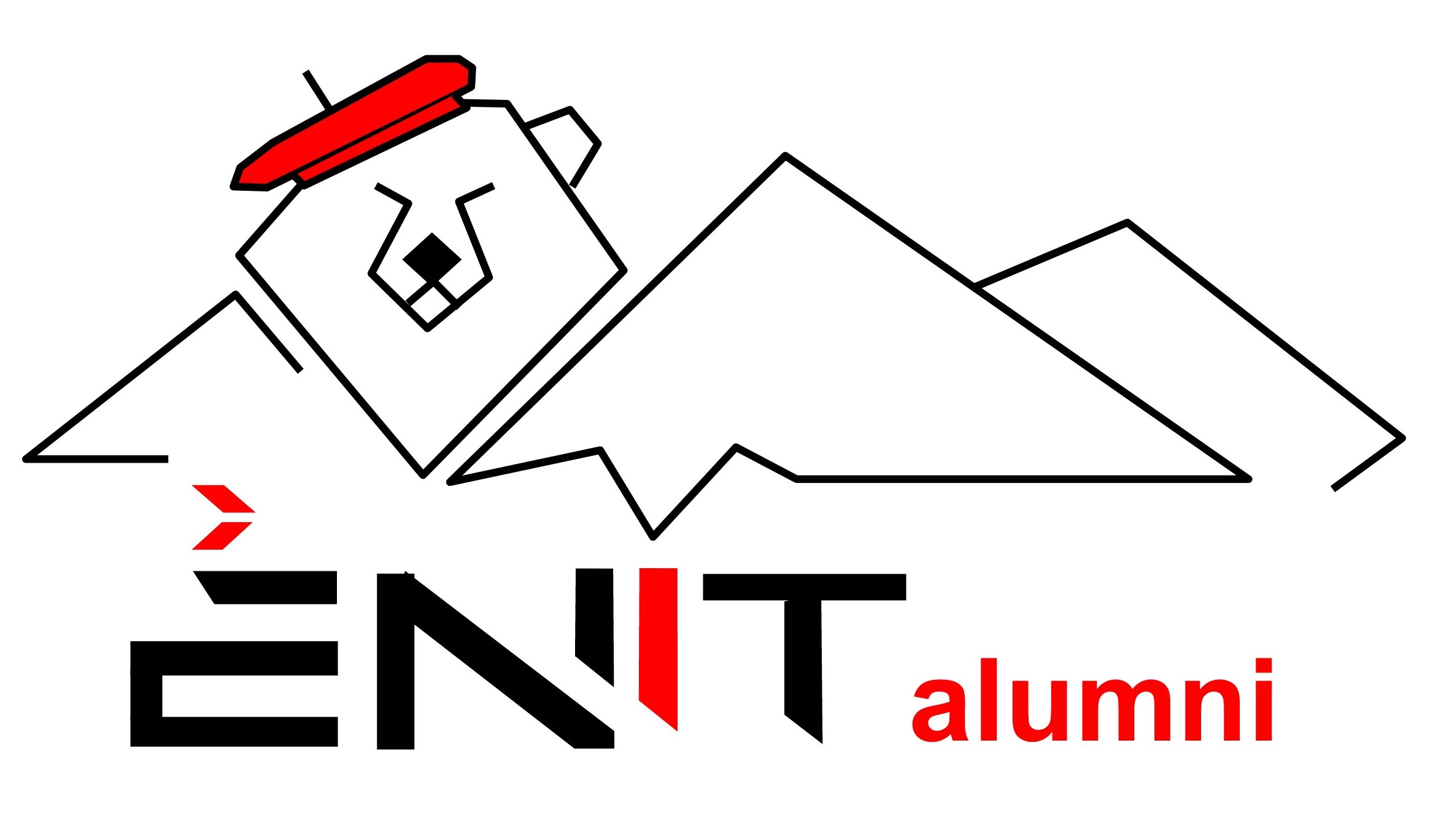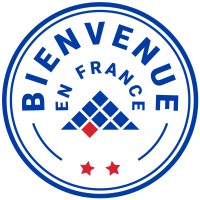EC0107SI0402 - GENIE INDUSTRIEL
Objectifs
L'objectif de cet enseignement est de permettre à un étudiant d'être capable de comprendre la structure de l'entreprise et d'identifier les fonctions industrielles partie prenante dans le développement d'un produit en tenant compte du caractère transversal du génie industriel ainsi que des facteurs humains. L'étudiant sera également capable de maîtriser deux outils du génie industriel lui permettant de l'aider dans son travail d'élève ingénieur, notamment en stage : le diagramme de Gantt et la méthode de Pareto.
The objective of this course is to allow a student to be able to understand the structure of a company and to identify the main industrial functions (i.e. the stakeholders involved during the development of a product) taking into account human factors. The student will be able to use two main useful tools in order to help her/him during her/his studies : the Gantt diagram and the Pareto method.
Présentation
Introduction au Génie industriel (schéma d'entreprise, organisations)
Présentation des Fonctions/Processus (dans l'ordre logique de développement d'un produit)
o Conception, innovation (marketing, établissement de spécifications : AF, définition, prototypage)
o Industrialisation (implantation de moyens : usine, chaîne, + méthodes de production : gammes)
o Production (typologie des systèmes, ordonnancement des tâches, contrôle de la qualité)
o Logistique (approvisionnement, distribution, achats, manutention, stockage, planification, prévision)
o Maintenance (Maintien en conditions opérationnelles, soutien logistique, sûreté de fonctionnement)
Présentation de deux outils du génie industriel essentiels à l'organisation du travail d'un élève ingénieur et d'un ingénieur en situation opérationnelle :
o Méthode de Pareto : un outil permettant de classifier un grand nombre d'éléments selon un critère significatif,
o Diagramme de Gantt : un outil de communication et de pilotage de projet.
Introduction to Industrial Engineering (companies structures, organisations)
Presentation of the functions/Processes (chronological order during the development of a product)
o Conception, innovation (marketing, requirements definition, prototyping...)
o Industrialisation (shop configuration, definition of production routings...)
o Production (typologies of production systems, activity scheduling, quality control...)
o Logistic (supplying, delivery, purchasing, inventory control, material handling, planing, forecasting)
o Maintenance (sustainability, dependability)
Presentation of two main tools for the organisation of the work of an engineer student or an engineer in operational conditions:
o Pareto method : a tool which allows to classify a great number of elements with regards to a significant criteria,
o Gantt chart : a tool to communicate and manage projects.
Pré-requis obligatoires
None
Examens
(2*DS1+1*TP1+2*DS2+1*TP2)/6
TP1 : Travaux Pratiques 1
TP2 : Travaux Pratiques 2
DS1 : Devoir Surveillé 1
DS2 : Devoir Surveillé 2
Syllabus
Gestion de la production, calcul économique / V. Giard. Economica
Gestion de la production, calcul économique / V. Giard. Economica
En bref
Langue d'enseignementFrançais
Contact(s)
Composante
ENI TARBES


